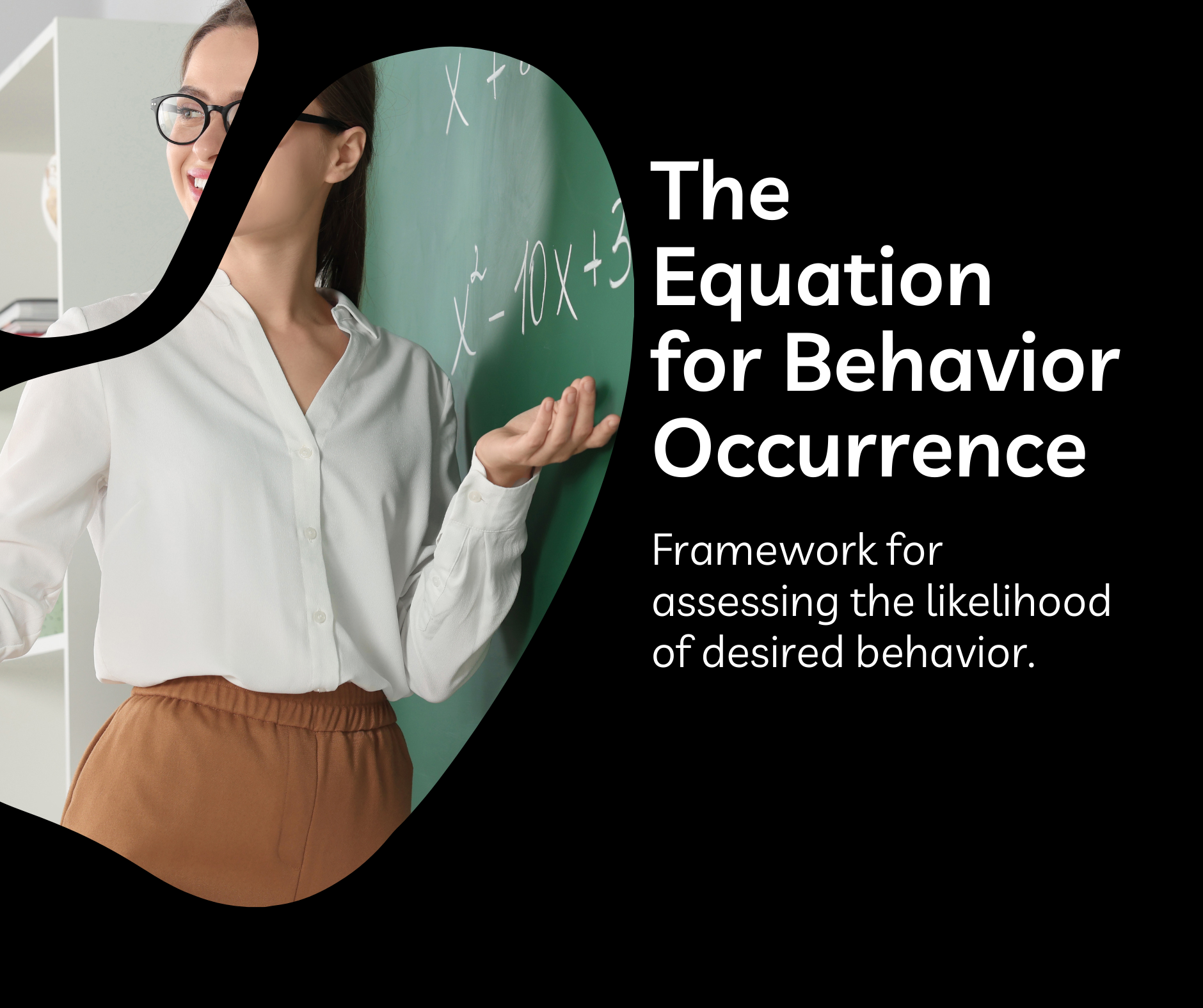At the heart of any behaviour change or habit formation is discipline. Whether you want to improve your health, master a skill, manage your time better, or start and run a business, it all comes down to your discipline.
I recently listened to an interview with entrepreneur Steven Bartlett (link) by Chris Williamson, where he talked about the equation for discipline and behaviour change. Steven Barlett through his Diary of a CEO podcast has interviewed and gathered a lot of information on discipline, behaviour, psychology, and many other related topics. As a data analyst, I couldn’t help but be curious about the applicability of the equation, scenarios in which it works, and how it could be leveraged. I like formulas because they give you guidelines for data collection and prediction.
The equation
According to Steven, the equation for discipline is as follows: Discipline = Subjective importance of goal (why the it matters to you, how much it matters) + Psychological enjoyment that you get in the pursuit of the goal – Psychological cost, how much pain, effort, friction do you experience. Simplified as Discipline = Importance + Enjoyment – Cost, this equation offers insights into factors influencing behaviour. If the equation is positive it will occur, otherwise not.
Expanding the equation
To make the equation really represent discipline, I believe there has to be a time component as discipline involves something happening over time. Thus I see this equation more as a behaviour occurrence equation. In addition, I would propose adding another component, Priority of the goal now, which is influenced by time. This is because due time constraints, not all behaviours can happen. The equation thus becomes: Behaviour = (Importance * Priority) + Enjoyment – Cost
In the interview, Steven and Chris discussed a few scenarios to assess the effectiveness of the equation. I tried it as well and what I like is that it gives you an idea where to focus your efforts if you really want a behaviour to occur. For instance, I have been wanting to start a business for a few years now but it has not happened yet. And running this behaviour through the equation, by assessing each variable on a scale of 1 to 10 and priority on a scale if 1 to 3 (*note the scales are still a work in progress), the Importance is really high = 8, the Cost is also very high = 9, and Enjoyment is low = 3. The priority of the goal at this moment of my life is also not so high 1. This results in a +2 overall.
Even though the answer is positive,currently the friction/cost is too high and priority too low and hence the desired behaviour does not happen. To make the behaviour happen, I would need to reduce the friction/cost or increase the perceived enjoyment from pursuing the goal. This is also where James Clear’s four steps on habit formation and creation processes to achieving goals come in handy (see the summary).
Exploring a use case of the equation: Data collection and event attendance
Another intriguing application use case that came to mind when I was assessing this equation was how, with data collection, to assess and predict event attendance before an event. Drawing inspiration from my volunteerism work at Think Africa, and our recent event, Think Africa Week. I contemplated how we could gather data on the equation variables to predict and influence attendee behaviour. As it often happens in many free events, there are many people who register and do not show up and as an organiser you are often left wondering why, is it the time of year, is it the content, what could you have done differently, what could you do better next time.
If we look at a person coming to an event as the desired behaviour that we want to occur. Could we collect data along the equation variables that could help us assess whether this behaviour will happen or not? And could we use the data to affect the behaviour?
I still need to test this but I imagined incorporating the variables into a registration form, almost like levers that a potential attendee moves in a simple way not to prevent registration, to indicate at what level they assess:
- The importance of the event or similar ones to them
- The perceived enjoyment they will get from the event or they get from similar ones
- The level of friction that might prevent them from coming
- Level of priority they give to attending the event, other things considered
With the answers, we could obtain a likelihood score of someone coming to the event. Such insights would be valuable for planning purposes, enabling us to make informed decisions and improve future events.
My next steps are to try this with a few real events and share the results.
What do you think of this framework and what other use cases come to mind?
